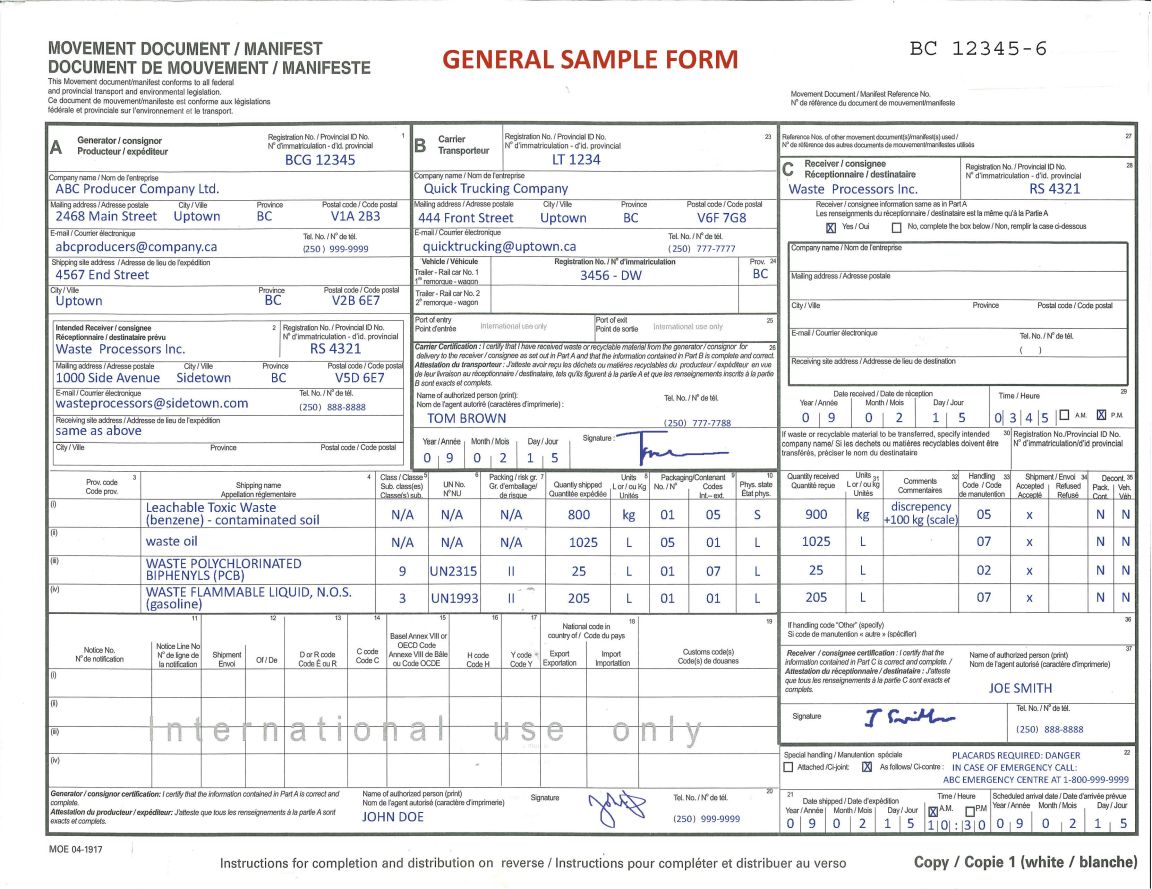What do I do with reagent kits (e.g., Qiagen, MolBio)?
Kits are entered in the waste streams like any other laboratory waste. This means that the composition of each component must be identified, and the components added to the appropriate waste bottle with the concentration and volume. Do not enter the buffer name (e.g., Buffer C2) on the waste tag. The MSDS will include the constituents of the buffer and a concentration of range. Some components will be non-hazardous (e.g., 10% ethanol, 1% SDS), which means that they are disposed of as non-hazardous waste.
I have found a waste container that is missing the volumes and concentrations. What do I do with it?
Contact your supervisor. Chemstores does not accept unlabeled or improperly labelled wastes or materials. The members of the lab will need to identify the most likely contents of the container, and analysis may be necessary to confirm the contents.
How do I know if I can add a specific waste to a container?
Check the label and compare it against the MSDS for the waste components. The MSDS indicates chemical incompatibilities. Extremely dilute wastes (1% v/v) can generally be mixed, unless there is known to be a clear hazard. If a waste is highly toxic (e.g., methyl mercury), the waste should be kept in a dedicated waste container.
Why do waste bottles need to be labelled, they will most likely be taken to an incinerator anyway?
By law, all hazardous goods that are transported on public roads must be identified to determine the hazard class and so that first responders can respond appropriately to accidents. A Movement Document is required for transport of hazardous wastes, and the information contained must be as accurate as possible. In terms of disposal, the energy of combustion must be taken into account during preparation for incineration. This determines the amount and type of fuel that is added for the incineration process to ensure complete destruction of the materials. Some wastes cannot be incinerated and will be treated by other means.
